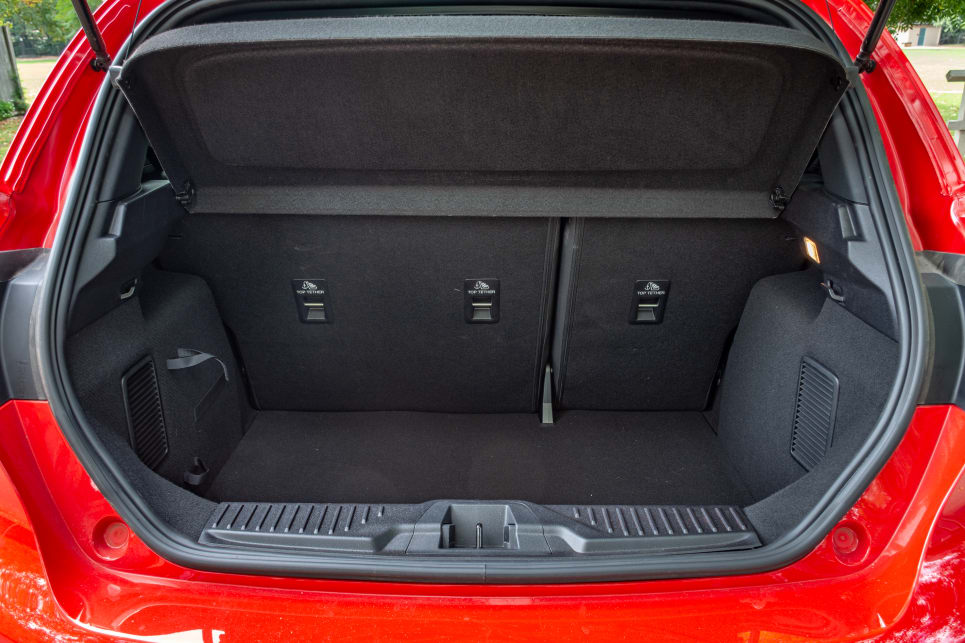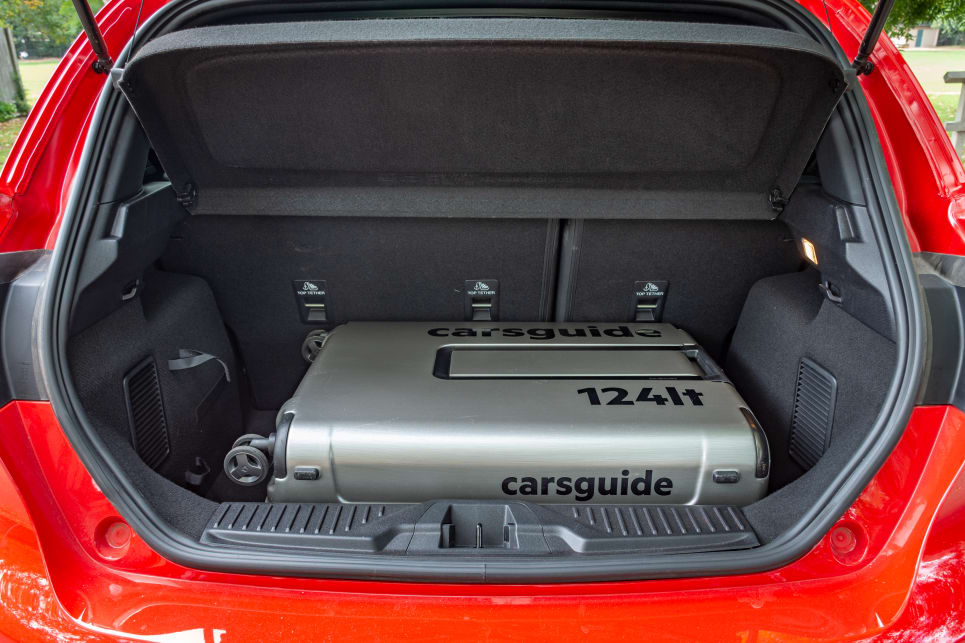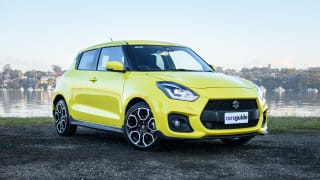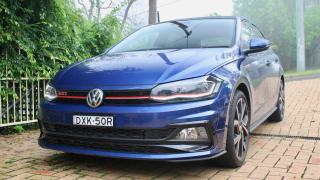I wouldn’t call the Fiesta’s $31,990 price-tag ‘cheap’ considering how much car, physically, you actually get for that money.
But then, for a pretty much track-ready hot hatch, it’s not bad either, especially since it is packed with a rather long and surprisingly luxurious list of inclusions.

These include 18-inch alloys, an 8.0-inch multimedia touchscreen with Apple CarPlay, Android Auto, sat-nav and digital radio, a 10-speaker Bang and Olufsen audio system, 4.2-inch colour information screen between the dial clusters, single-zone climate control, leather steering wheel and semi-leather/suede Recaro sport seats, heated front seats, a reversing camera, and full LED front lighting.
Performance-wise, out of the box the ST gets Michelin Pilot Super Sport tyres, launch control with three drive modes, and is the first Fiesta to get a mechanical limited-slip differential (built by Quaife).

Rivals? The Fiesta comes at an opportune time, after Peugeot’s ageing but excellent 208 GTi was pulled from our market last year, and the Clio RS Cup ending production internationally, so you’ll be stuck looking for MY18s of those in dealers.
Other than those two, there is the Suzuki Swift Sport, which is fun and more affordable ($25,490), but not as much of a serious performer.
The Fiesta’s option list is limited to a panoramic opening sunroof ($2500) and premium paints ($650). Both are arguably worth it if you want them.






















